#Bridging #Present #Combining #Antique #Modern #Decor
In the world of interior design, mixing antique and modern elements has gained immense popularity in recent years. This harmonious blend of antique and modern furniture allows homeowners to create spaces that not only exude character and charm but also reflect a profound appreciation for history and craftsmanship.
The fusion of antique accessories and modern furniture is a testament to the timeless nature of good design, where old and new coexist, creating a unique and captivating visual narrative.
The Positive Effects of Adding Antique Pieces
When it comes to interior design, antique pieces offer various benefits, making them a fantastic addition to any home. Here are some of the positive effects of mixing antiques with your modern pieces:
1. Unique Aesthetic Appeal:
Antique pieces bring a unique charm and character to your living space. Their intricate designs, craftsmanship, and patina tell stories of times long past, creating a sense of warmth and nostalgia that modern items may lack. This blend of old and new forms a captivating visual contrast, creating a visually interesting and eclectic atmosphere.
2. Quality Craftsmanship:
Many antique items were created with unparalleled craftsmanship and attention to detail, often surpassing the quality of contemporary mass-produced furniture. These pieces have stood the test of time and can serve as both functional and decorative items in your home, making them excellent investments.
3. Sustainability:
In an era where sustainability and environmental consciousness are paramount, integrating antique pieces into your decor can be a responsible choice. By repurposing and reusing old items, you reduce the demand for new production and contribute to a more sustainable lifestyle.
4. Personal Connection:
Antique pieces can carry personal or familial history. Heirlooms and vintage accessories can connect you to your roots, serving as a reminder of your heritage and the stories that have shaped your family’s history.
The Rich History of Antique Pieces
Each antique piece has its own story to tell. When you bring antiques into your modern decor, you are integrating a piece of history into your living space. The historical significance of antiques adds depth and meaning to your home’s design:
1. Historical Context:
Antiques come from a variety of time periods, and each era has its own distinctive design aesthetic. For example, Victorian furniture boasts ornate details and rich, dark woods, while mid-century modern pieces exude clean lines and minimalism. These distinct styles help you transport your living space to a particular era, evoking the ambiance of that time.
2. Cultural Significance:
Antiques often carry cultural significance, providing a window into the past. Whether it’s a hand-painted Chinese porcelain vase or a hand-carved African tribal mask, these items can spark curiosity and conversations about their origins and cultural importance.
3. Preservation of Heritage:
Antique pieces can be a valuable link to the heritage of a particular region, style, or craftsmanship. The preservation of these items not only honors the past but also ensures that these legacies continue to be appreciated and admired for generations to come.
Adding Dynamic Antique Furniture to Modern Decor
When it comes to infusing a sense of dynamism and character into a modern decor room, antique furniture pieces can be a focal point of any room. These timeless relics from the past can transform an otherwise monotonous space into an engaging and eclectic haven. Let’s explore how different antique furniture pieces, such as tables, sofas, chairs, and lighting, can contribute to the dynamism of your modern decor.
Antique Tables: The Center of Attention
Antique tables are more than just functional pieces of furniture; they can be the focal point of your room. Whether you opt for a beautifully aged wooden dining table, a delicate Victorian tea table, or a rustic farmhouse coffee table, antique tables add depth and texture to your modern decor. Their unique designs and historical significance set them apart, creating a dynamic centerpiece that draws the eye and sparks conversation.
Dining Tables: Antique dining tables such as this cherry wood Biedermeier table, bring a sense of grandeur and history to your meals. From sturdy oak trestle tables to elegant French parquetry tables, these pieces command attention and lend a touch of formality to your dining space. The juxtaposition of a vintage table with contemporary dining room chairs adds an exciting contrast.
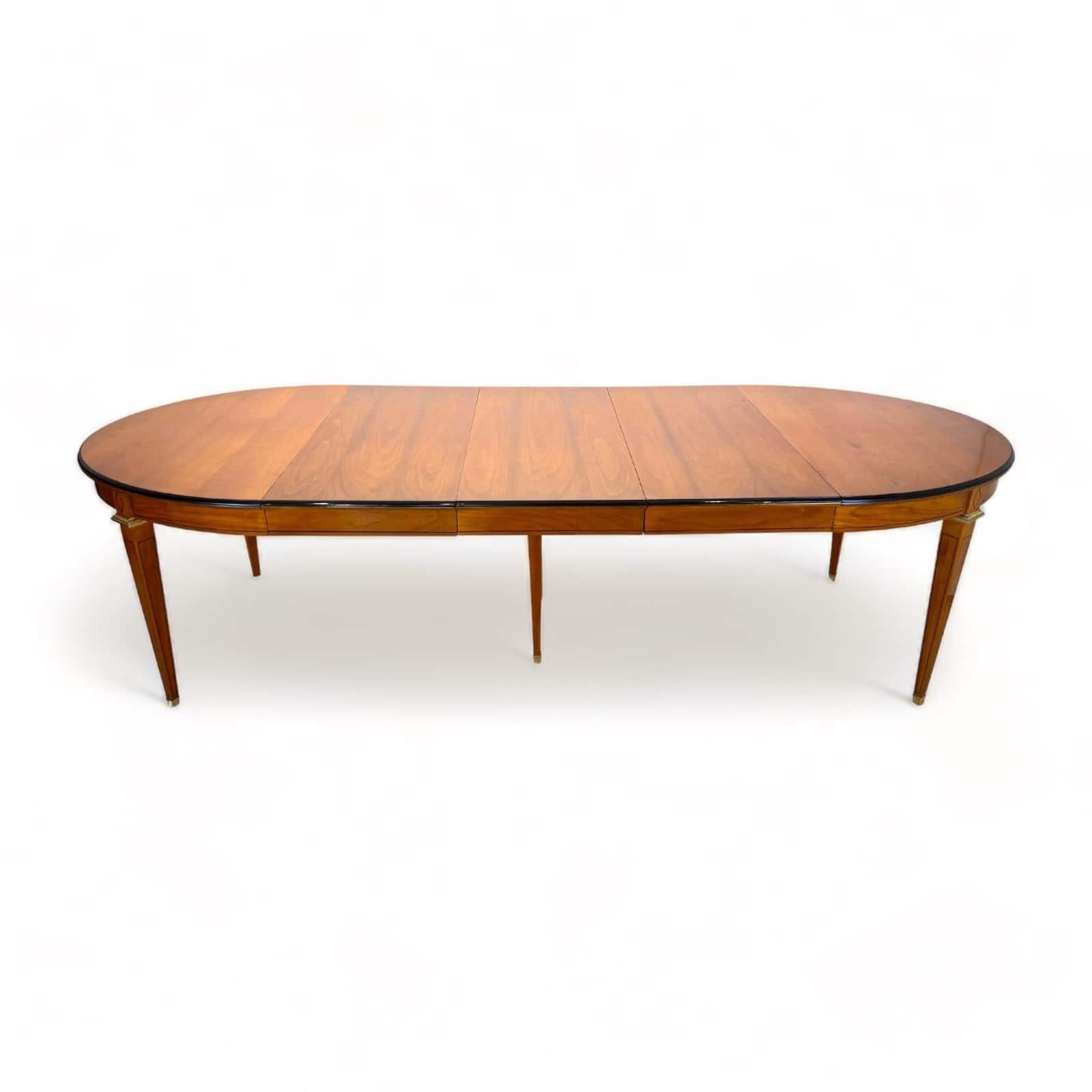
Antique Sofas: Comfort Meets Elegance
Antique sofas can be the epitome of comfort and style, offering a dynamic blend of old-world luxury and modern convenience. Upholstered in plush fabrics and featuring exquisite detailing, they invite you to relax in an atmosphere of vintage charm. Placing an antique sofa in a modern room creates a visually arresting juxtaposition, emphasizing the passage of time.
Louis XVI Settees: Louis XVI settees are known for their neoclassical elegance, featuring intricate woodwork and luxurious upholstery, embodying the refined style of the late 18th century. They have a symmetrical, linear structure, making them iconic pieces of French furniture design that exude a timeless sense of sophistication
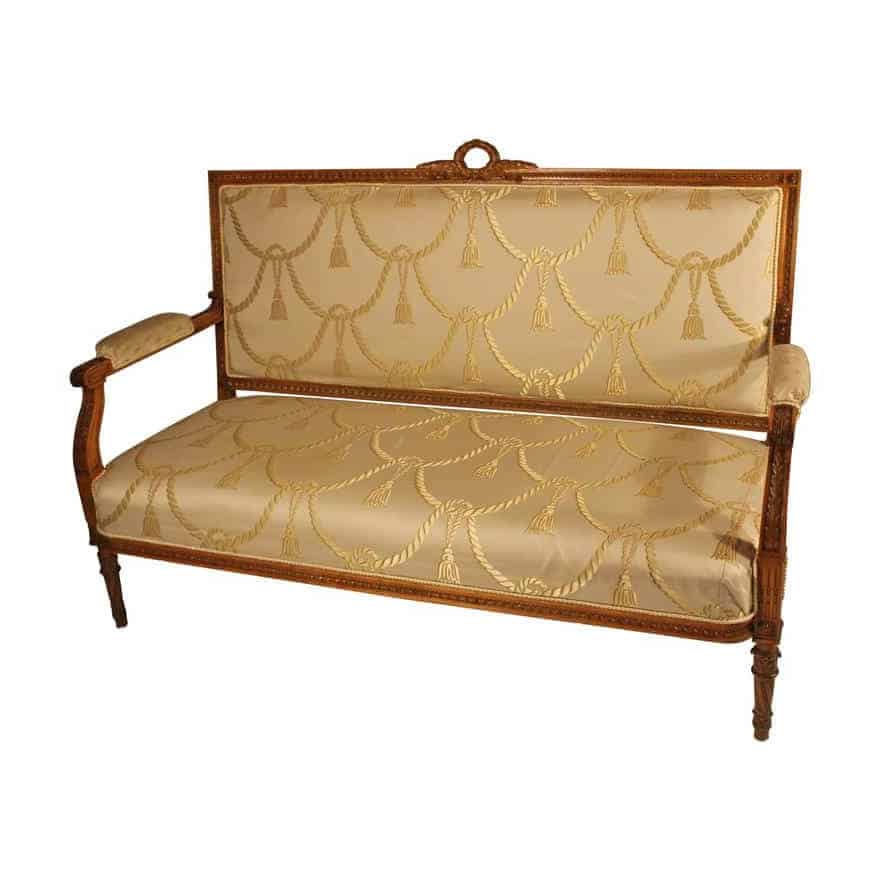

Bauhaus Couches: Bauhaus sofas are emblematic of the Bauhaus movement’s principles of functionalism and minimalist design. They typically feature clean lines, geometric shapes, and a focus on form following function, showcasing a blend of aesthetics and practicality that has influenced modern furniture design.
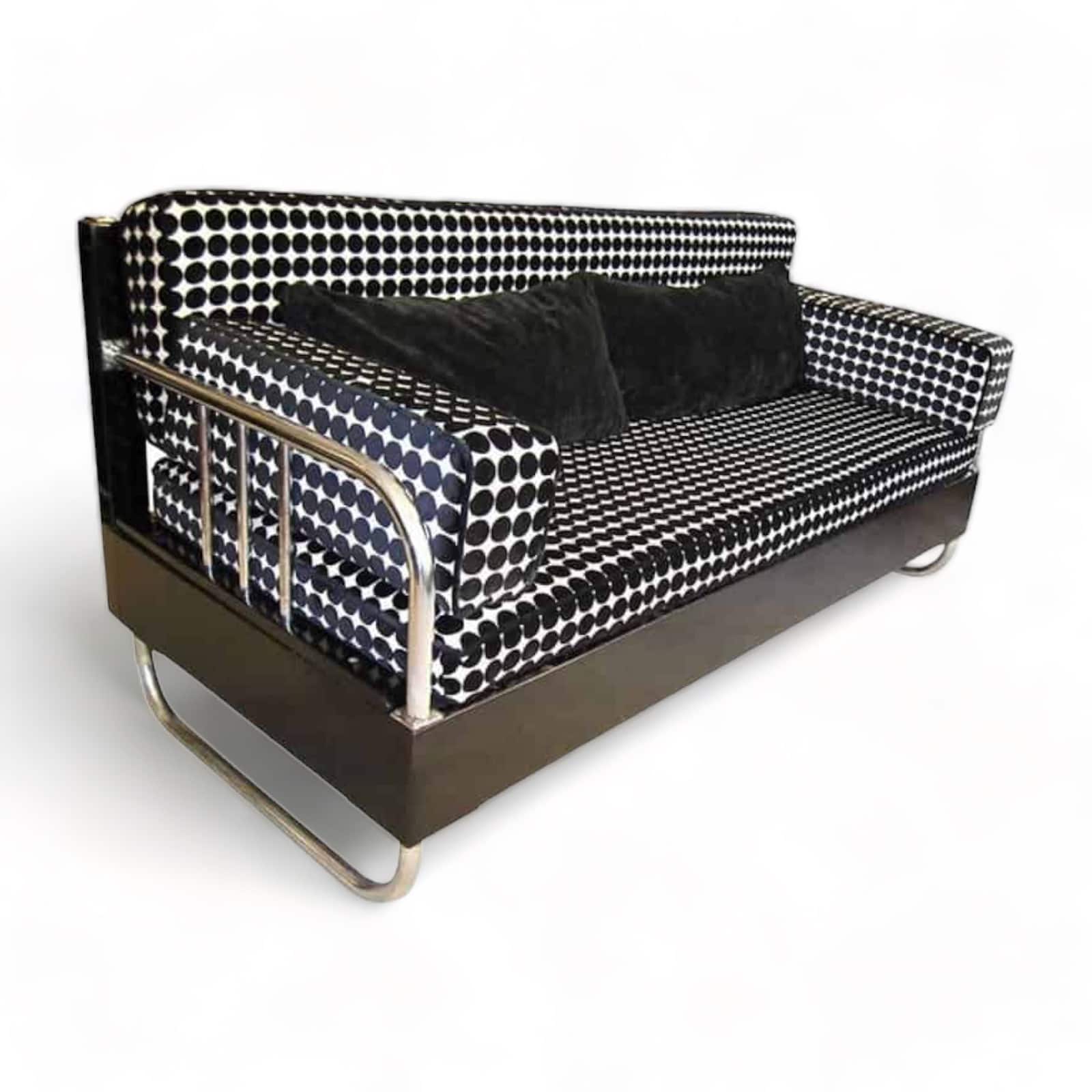

Antique Chairs: Adding Character and Comfort
Antique chairs, whether as accent pieces or as part of a matching set, can bring character and charm to your modern design. Mix antique chairs of the Victorian or Mid-century with furniture or art of contemporary design for an incredibly dynamic interior design.
Louis XVI Armchairs: Louis XVI armchairs are known for their neoclassical elegance, featuring delicately carved wood frames and sumptuous upholstery. Placing these in a modern setting creates an intriguing juxtaposition between the opulence of the past and the simplicity of the present.
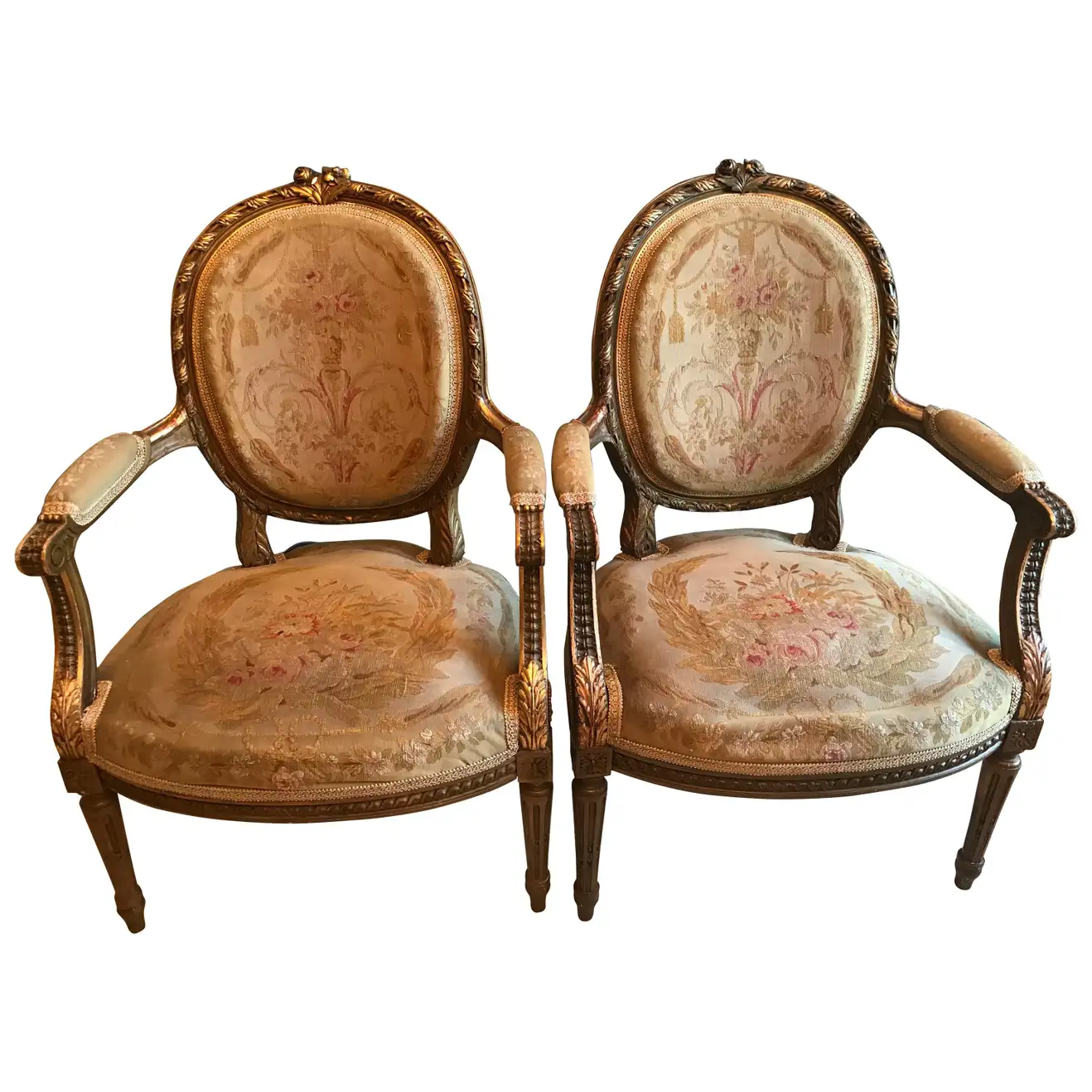

Eames Lounge Chairs: The Eames Lounge Chair, an iconic mid-century modern design, seamlessly blends form and function. Its sleek lines and luxurious leather upholstery make it a striking addition to a modern space.
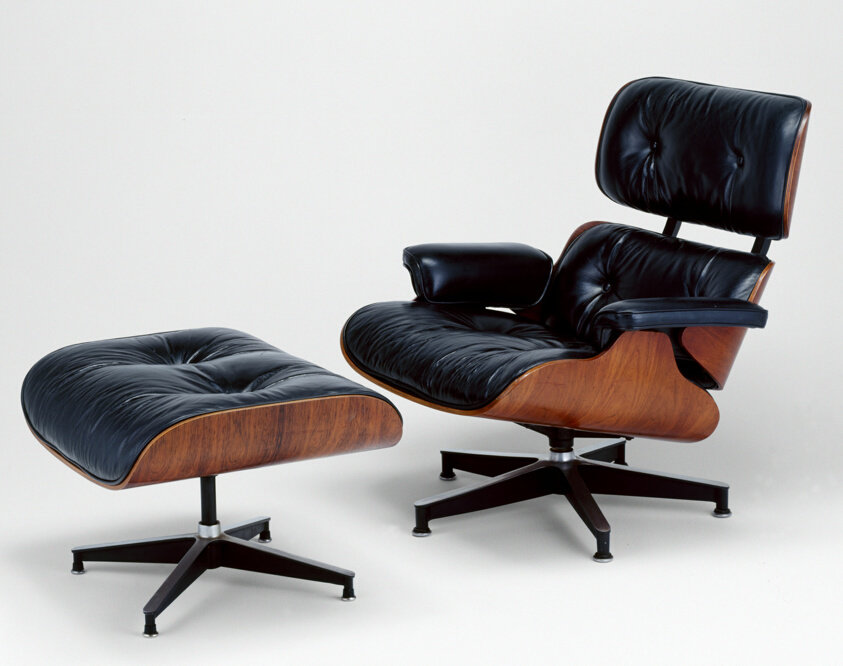

Antique Lighting: Illuminating the Past and Present
Antique lighting fixtures have the power to transform a room of modern design into an enchanting haven. Whether you opt for a vintage chandelier, a timeless floor lamp, or a restored industrial pendant, antique lighting adds an element of nostalgia and ambiance that is unparalleled.
Crystal Chandeliers: An antique crystal chandelier can be the crowning jewel of your modern space. Their ability to reflect light and create a dazzling atmosphere sets them apart as dynamic, eye-catching fixtures.
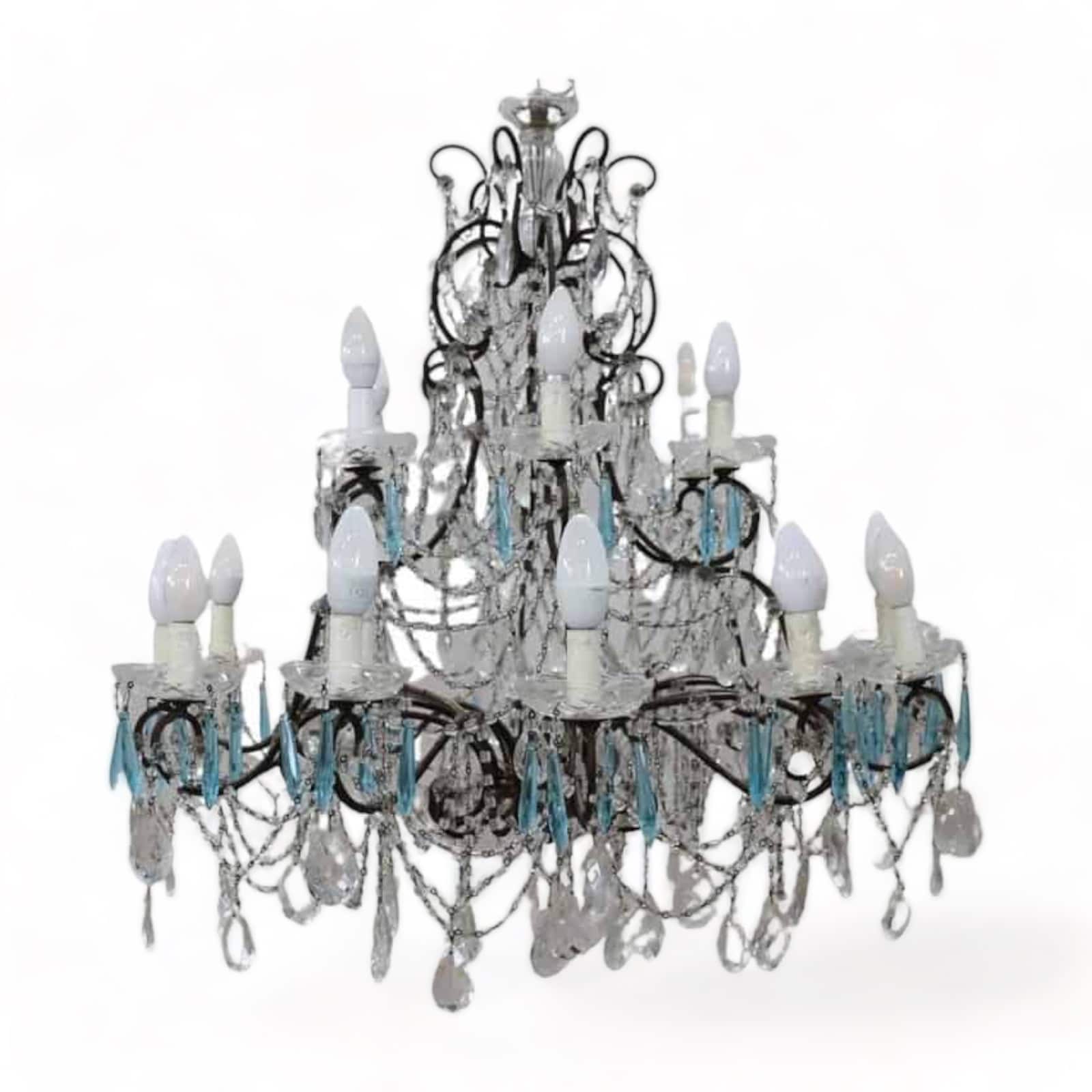

Incorporating antique furniture pieces with modern furniture creates a dynamic blend of old and new, each piece carrying history and character. The resulting contrast serves to emphasize the beauty of evolution and the timelessness of good design. So, don’t hesitate to explore the world of antique furniture and discover how these pieces can infuse your modern room with a captivating sense of dynamism and depth.
The Perfect Marriage: Blending Modern and Antique Furniture Pieces
When it comes to incorporating different era antiques, the possibilities are endless. Ultimately, the marriage of antique and modern furniture is a testament to the timelessness of good design, where old and new coexist in harmony, breathing life and personality into your living space. Whether you are decorating your bedroom, kitchen, or living room, mix modern and antique furniture to create diverse and captivating atmospheres in your home.
Don’t be afraid to embrace the past and combine modern and antique furniture. Your home will be a reflection of your unique style and o a living testament to design through the ages. Styylish’s expertly curated collection of antique and modern furniture can provide the pieces for an absolutely stunning interior.



